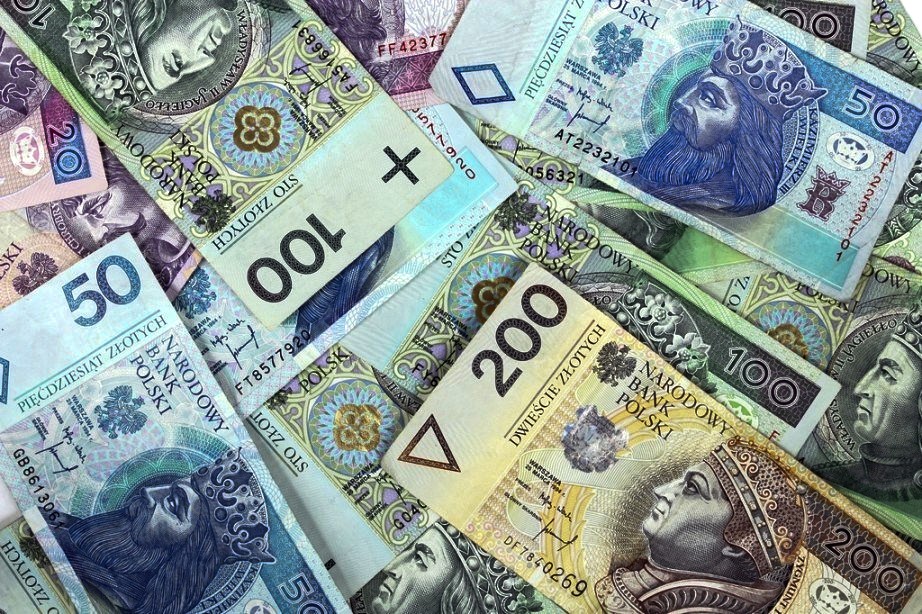The price of the dollar has fallen to below 4 Polish złotys. The U.S. dollar has declined in value by 20 percent against the Polish złoty (PLN) since last October, now falling below 4 PLN.
Just over a year ago, the dollar was at over 5 złotys as a result of the Ukraine war having led to a run on the Russian ruble and also central European currencies such as the złoty. Investment funds took flight, worried by a potential energy crisis. Now that energy prices have stabilized, financial markets are looking for opportunities to acquire a higher interest rate return than the Federal Reserve in the U.S. is likely to offer.
Unlike the Fed, the European Central Bank is continuing to raise interest rates in order to quash inflation. This has led to an increase in the value of the euro and an inflow of investment into the eurozone and its partner economies in the European Union.
The złoty tends to gain more in such circumstances than other central European currencies such as the Czech koruna. It is also likely to depreciate faster when the dial turns the other way. The zloty is more volatile because it is easier to both buy and sell.
The high degree of variation in the price of the złoty is a considerable challenge for the Polish economy, and especially for importers, making cost management that much harder. Those who built up stock when the price of the dollar was high and failed to sell their stock are now losing money.
It is, however, unlikely that Poland’s central bank will intervene just yet. The markets expect the first fall in interest rates in the autumn. A reduction in interest rates is likely to weaken the złoty against the dollar which in turn will raise energy prices but at the same time make exporting more profitable.
Forecasters feel that the złoty’s appreciation against the dollar may continue for a little longer. The złoty has been appreciating against all the major currencies and this trend has held for almost a year, representing the longest such period since 2009 when the markets were emerging from the global financial crisis.






